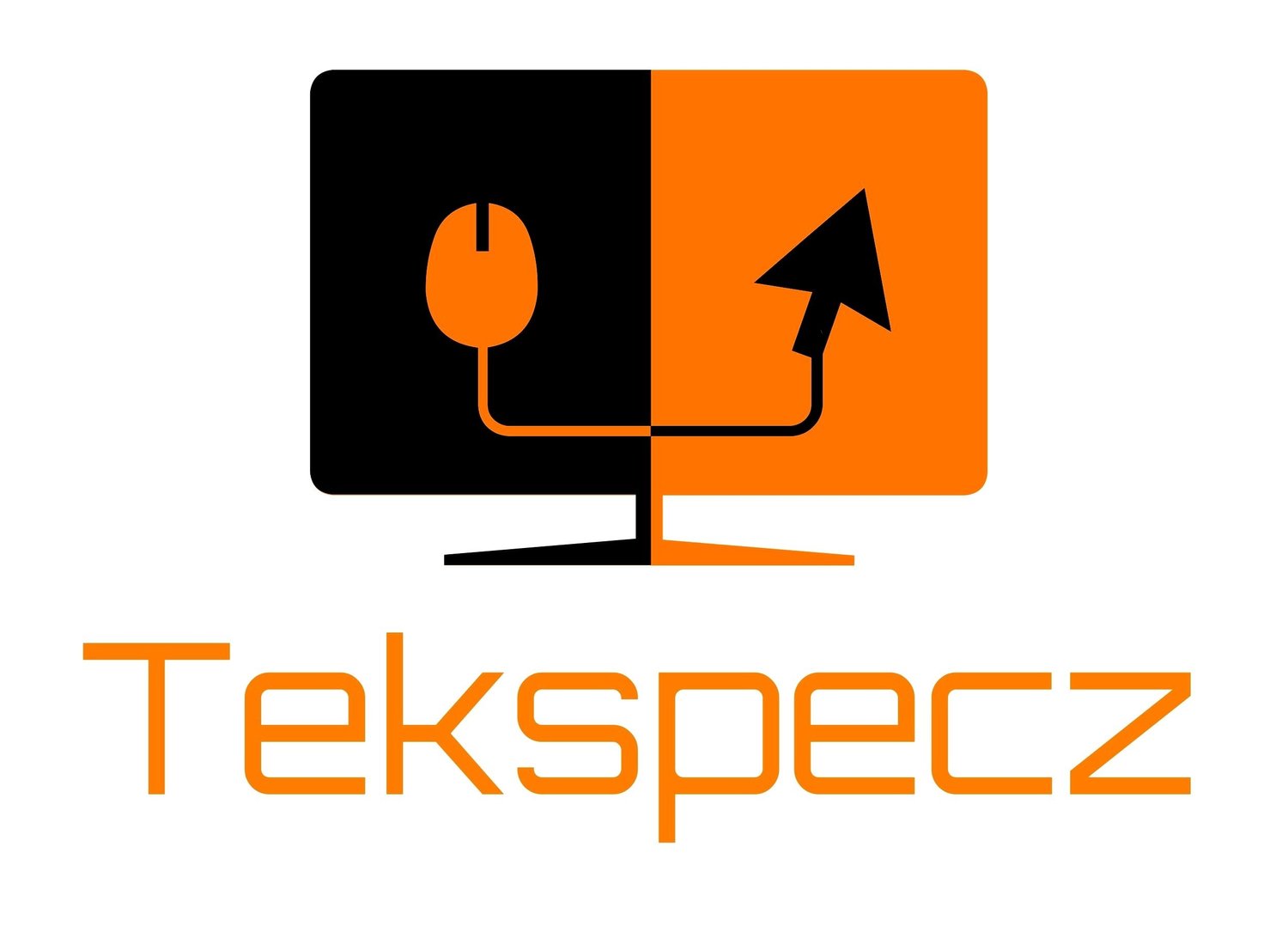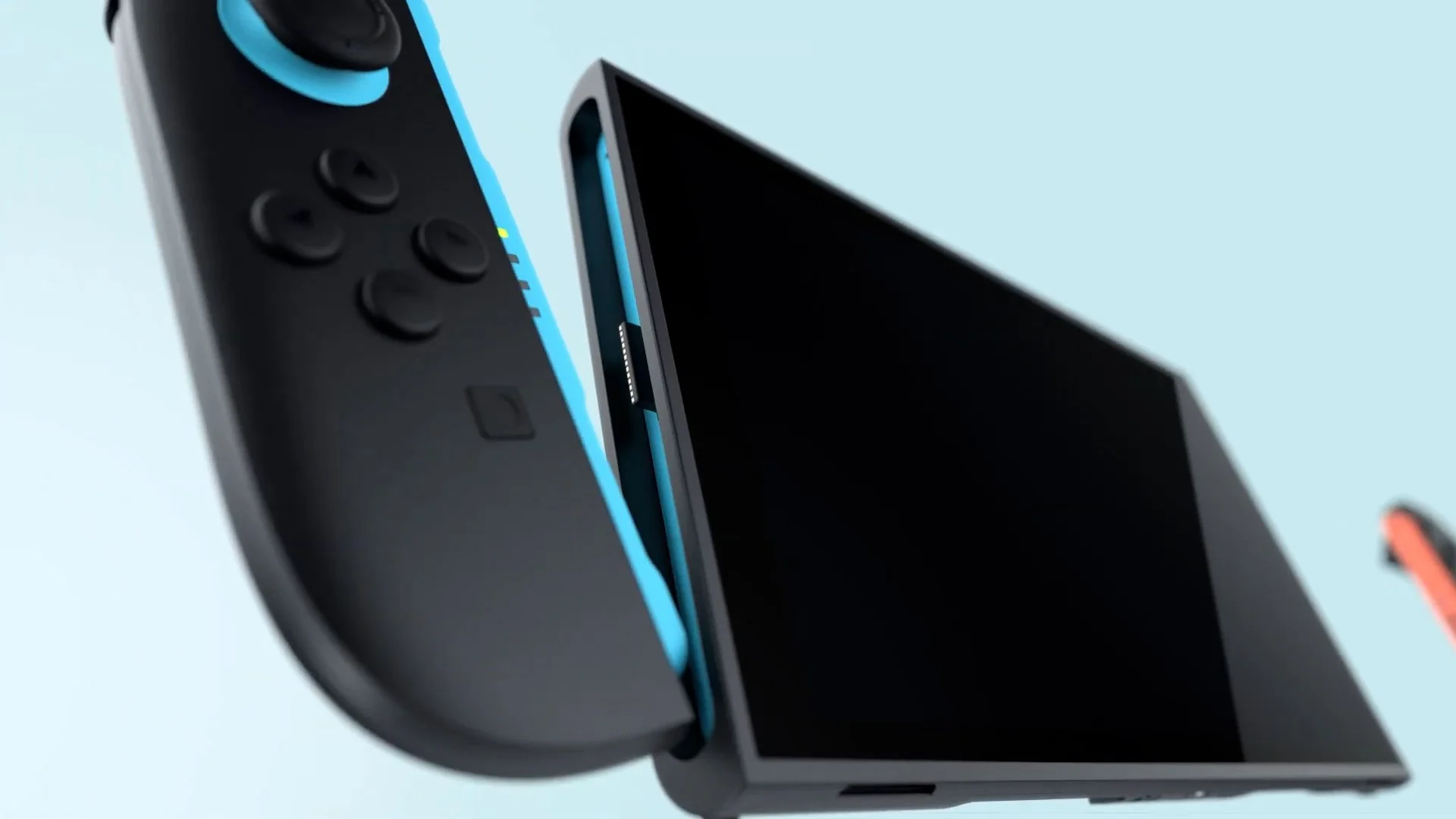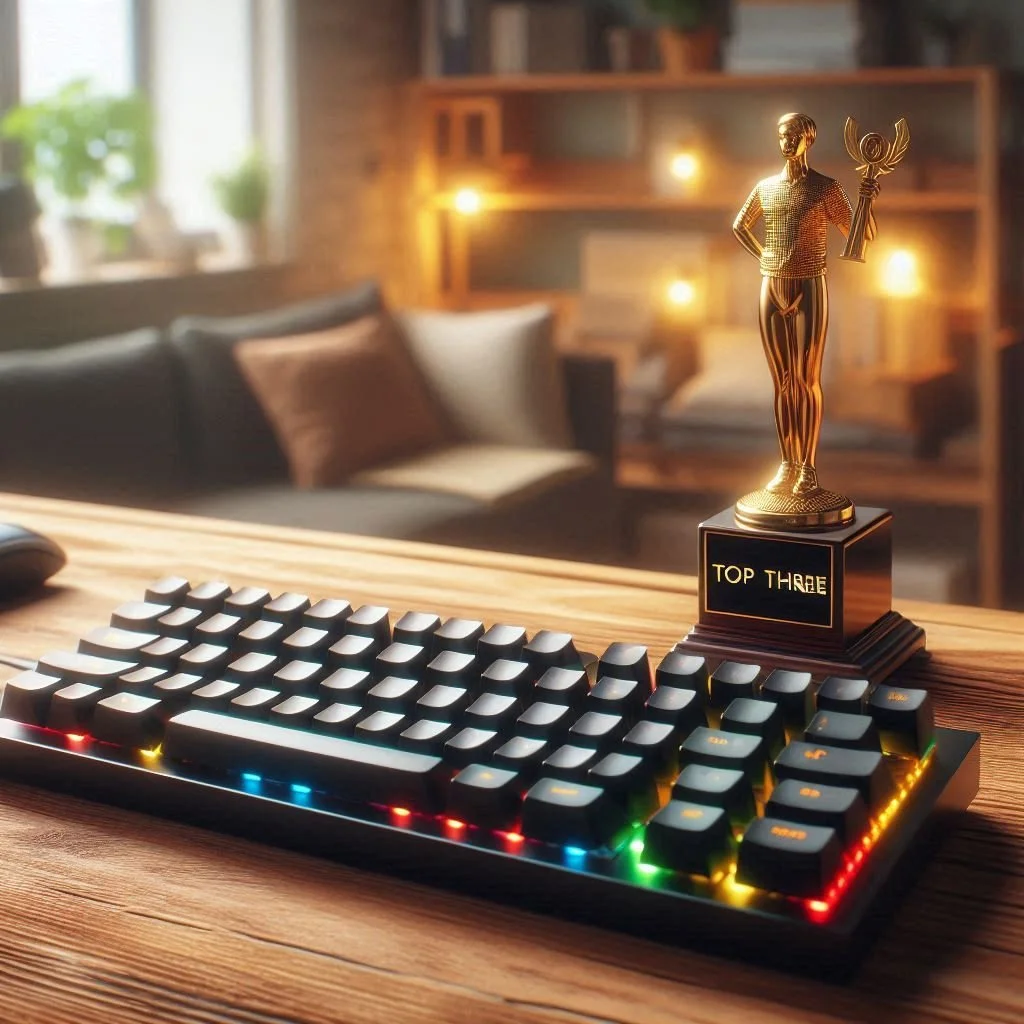Hardware Breakdown Presents: Nintendo's Switch 2
Building on the success of its predecessor, the Nintendo Switch 2 marks a significant leap forward in hybrid console design, combining portability with next-gen performance. The new Switch 2 is slightly more refined in nearly every aspect of its hardware, while preserving the core philosophy of its seamless design and docked gameplay. With that said, in this new edition of this month's Hardware Breakdown, we take an in-depth look at the Switch 2 core hardware.
The Core Processor and Graphics
At the heart of the Switch 2 lies a custom NVIDIA processor, an upgraded Tegra chip optimized for hybrid gaming. The SoC is designed to enhance GPU performance, enabling support for more advanced graphical features, such as ray tracing and higher frame rates. The result will be smoother gameplay and improved visual fidelity, even with demanding titles.
Display and Visual Output
The Switch 2 features a 7.9-inch LCD touchscreen with a 1280 x 720 display resolution in handheld mode and up to 4K output at 60 fps when docked. The console has HDR10 support, with a variable refresh rate up to 120Hz, ensuring vibrant, colorful gameplay and fluid motion, making the Switch 2 a visual upgrade over the original model.
Memory and Storage
The Switch 2 has 256GB of internal UFS storage and supports microSD Express cards up to 2 TB. The console provides ample storage space for a vast digital library and offers faster data access. The RAM specifications remain undisclosed. However, some reports state the Switch 2 has over 12GB of RAM. That is 8GB more than the original Switch, which has 4GB of RAM.
Cooling and Battery Life
The Nintendo Switch 2 manages heat during extended gaming sessions, thanks in part to a redesigned heat sink and upgraded cooling system. The thermal improvements are paired with a significantly larger 5220mAh battery, extending playtime to approximately 7-10 hours, depending on usage.
The Joy-Con 2 Controller
The pinnacle component of the Switch 2 is the Joy-Con 2 controllers. It has been reengineered, supposedly improving ergonomics, magnetic attachment, and having larger buttons for better grip and responsiveness. The HD Rumble now enhances haptic feedback, while a new optical sensor and C-button introduce a mouse-like precision and integrated voice chat features.
Final Thought
With thoughtful refinements across performance, usability, and hardware, the Nintendo Switch 2 stands as a compelling evolution in the handheld gaming space. If you're sketching out your handheld console concept, this hardware breakdown offers a masterclass in balancing power, portability, and user experience.







